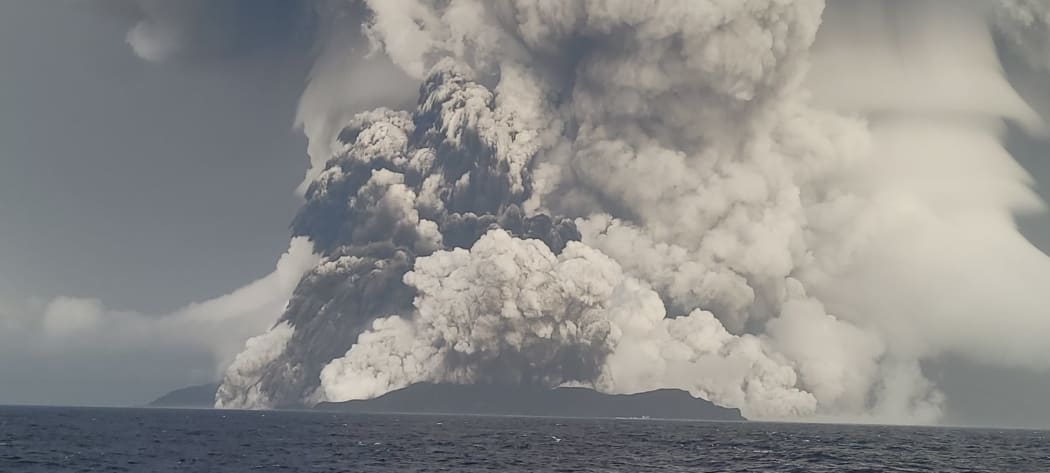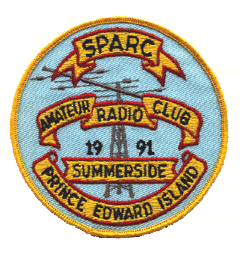Thursday, August 4, 2022
Public Media Alliance carry an article by Richard Sutherland, Head of News at Radio New Zealand:
In January this year, Tonga’s Hunga Tonga-Hunga Ha’apai submarine volcano exploded. It was the most powerful eruption of its type that the world has seen since Krakatoa in 1883. In addition to sending atmospheric shockwaves around the world, the eruption badly damaged the international high-speed subsea cable connecting Tonga to the rest of the world.
The island kingdom was cut off – it was several days before jury-rigged comms were restored. Getting information out of Tonga was next to impossible. But thanks to shortwave, RNZ Pacific was able to broadcast vital information into the country.
It may seem strange to be talking about shortwave this far into the 21st century. “Shortwave” conjures up images of 1930s-style wood-panelled radios jammed with vacuum tubes, receiving programmes broadcast from colonial capitals.
But what many dismiss as a legacy distribution platform continues to show its worth even in the age of the internet. The New Zealand government signed off on a multi-million-dollar investment in a new shortwave transmitter for RNZ Pacific, the international service of New Zealand’s public broadcaster, Radio New Zealand. This will allow us to continue and build on a service that began in 1948, using transmitters left behind by the US military after the Second World War.
Read the full story at
https://www.publicmediaalliance.org/a-vital-tool-how-the-tongan-earthquake-proved-the-continuing-importance-of-shortwave/

